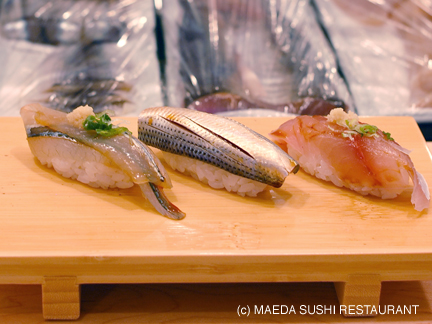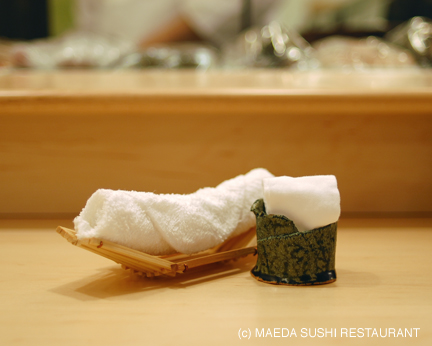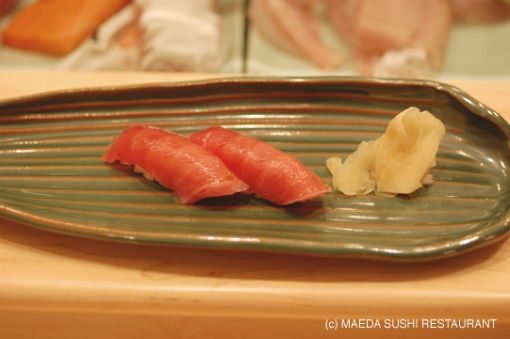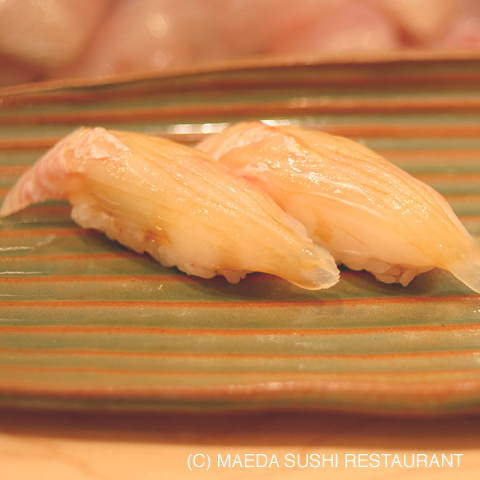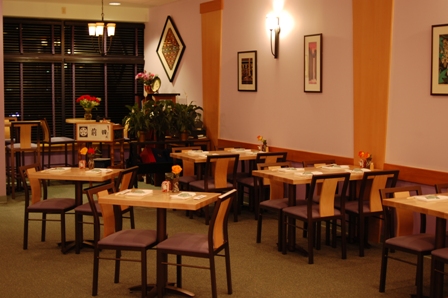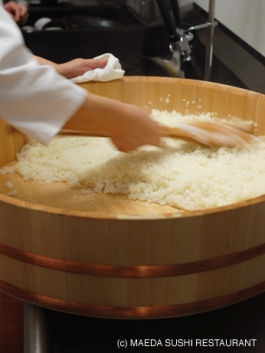
No matter what you may order at a sushi restaurant, there are things that remain constant. One of them is rice. One of the surest ways to find your favorite sushi restaurant is to carefully taste the vinegar seasoned rice – maybe even more so than the fish. That should explain why cooking and seasoning of the sushi rice – called “sumeshi” or “shari” in Japanese – is one of the most important and painstaking tasks for a sushi chef. It is a process where he distinguishes himself from others, and Maeda is no exception.
It starts with the highest quality short grain rice available from California. Since it is a farmed product affected by natural conditions, it has unique characteristics year to year. The water content of the rice is also effected by whether if the rice used is still fresh from harvest in fall, or “old” crop that has been stored. Maeda makes subtle, but important adjustment accordingly to achieve the consistent result. Factors that change the resultant sumeshi includes the amount of water used during cooking, timing, the content and amount of vinegar mix used in seasoning, and the technique used to incorporate the vinegar mix with the rice.
The cooked rice is placed in a wooden tub called “hangiri” and the vinegar mix is added. Maeda lets the rice and vinegar come together evenly, while letting extra moisture evaporate by an action somewhere between cutting through and quick chopping, using a wooden paddle. He is also careful not to squash each grain of rice. In precise and calm motion, Maeda gets this crucial process done in a couple of minutes. The rice is cooled down while the vinegar settles in, before it’s ready to be used for sushi.
“I avoid using new crop as much as possible because it contains too much moisture and gets too sticky. But when I have to, years of training in proper technique pays off as I am able to coat each grain with vinegar and get the desired stickiness and flavor.” Chef Maeda

